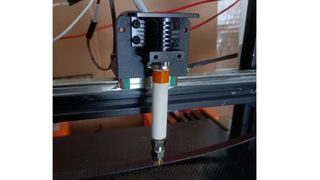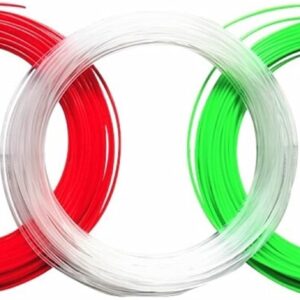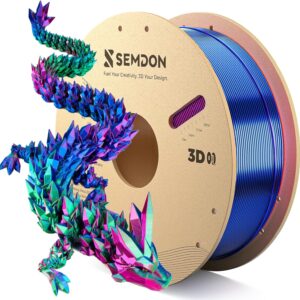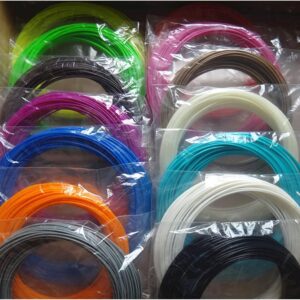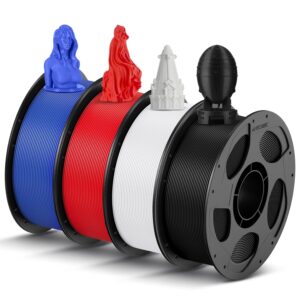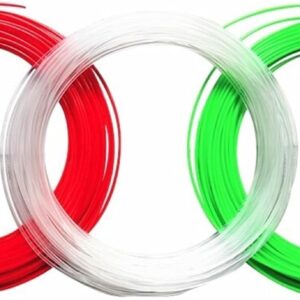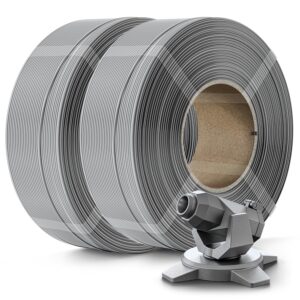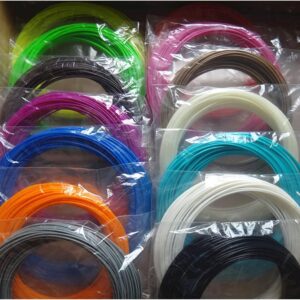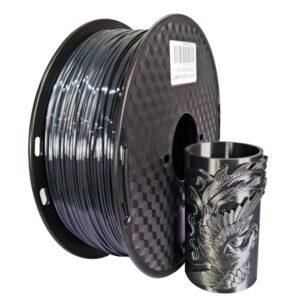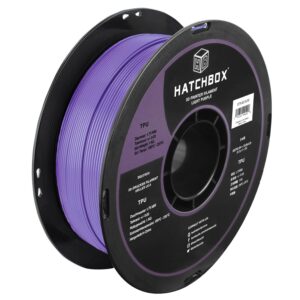Printing anything on a 3D printer is a test of patience. Although speeds have increased dramatically in the last two years, even the best 3D printers take hours to complete a medium-sized project. Even small prints like Benchy, a boat model that enthusiasts use for testing, take 13 to 30 minutes on the fastest 3D printers we tested.
Amazingly, thanks to her specially modified Ender 3 Pro printer and its 120 mm/s³ flow rate, maker Monika McWuff was able to output a benchy in just two minutes and 9 seconds. She had posted an earlier video where the printer completed the task in 2 minutes and 19 seconds.
Only the time of 2:19 has so far made it onto the #SpeedBoatRace LeaderBoard, a list of prints that follow the official Speed Benchy rules. Annex Engineering is verifying the claims, so the 2:09 time may not have been confirmed yet. In any case, McWuff holds the new world record, beating a manufacturer called Beraval who set a time of 2:40 in 2022.
We should note that Speed Benchy prints don’t necessarily look great, nor do they have to look great to get on the leaderboard. McWuff’s 2:09 print has a lot of strings and mush.
(Image credit: Monika McWuff)
Surprisingly, McWuff is new to 3D printing, having purchased her first Ender 3 Pro less than a year ago to make parts for an RC car. She got the inspiration to modify an ender after watching 247 Printing’s “Benchy” under three minutes and thought, “Pfff, how hard could that be?”
She bought a used Ender 3 Pro on eBay for $80 to start the project, then researched and taught herself how to make the necessary mods over the course of five months. McWuff admits that she can be quite obsessive about projects, and “If you can do it quickly, I’ll do it quickly!”
Some of their mods are pretty standard, like KevinAkaSam’s Belt Driven Ender 3, which replaced the Z-bars with, you guessed it, belts. This allows the printer to run smoothly, straight and precisely in sync.
Other mods are pure out-of-the-box thinking, like using a floor fan for cooling and bolting the printer to a 45-pound rubber bumper plate from the gym. “I used wood screws and some brackets to screw the printer to the board and dissipate energy,” she said.
(Image credit: Monika McWuff)
There’s not much left of the original Ender 3 Pro, just a few aluminum profiles and part of the bed, which is now covered with a carbon fiber plate. She uses her stock Ender 3 Pro in a tent case to print ABS parts for the project.
The printer has a total of 9 motors, one for the extruder, four on the Y-axis, two on the X-axis and two more on the Z-axis. She said the motors were LDO motors and she got an extra Ender 3 board from a friend to run everything. The device also requires a second power supply, which just happens to be under the printer.
Particularly interesting is the hotend, which can push plastic faster than stupid cords. It is a Trianglelab STD6 with a ceramic heater core, two extensions and a .4 CHT Volcano nozzle. A recent test showed a flow rate of 120 mm/s³. She hopes to get even more out of it by switching to a CHT V6 extender and a .5 Volcano nozzle.
(Image credit: Monika McWuff)
McWuff uses OrcaSlicer, and although the speedboat rules impose restrictions on layer height and line widths, there is plenty of leeway in other settings. She said the G-code was changed by hand so she could change the temperature from 235 degrees for the first coat, 265 degrees for the hull, then 215 degrees for the cabin and 200 degrees for the finish. The maximum printing speed is 800 mm/s for fillings and interior walls, with an acceleration rate of 50,000 mm/s². That’s five times faster than a Bambu Lab A1.
A complete tour of the printer can be found here on Monika’s YouTube channel.
We tested a few quick benchies at Tom’s Hardware, but since we’re testing standard printers and standard slicer settings, none processed plastic faster than the K1 Max with its 13-minute, 50-second benchy.
For reference, a stock Ender 3 Pro can print a benchy in one hour and four minutes at the normal speed of 50mm/s and the speedboot settings. With the high speed clipper firmware installed, the standard machine can comfortably run at 150mm/s and print a benchy in 42 minutes.



